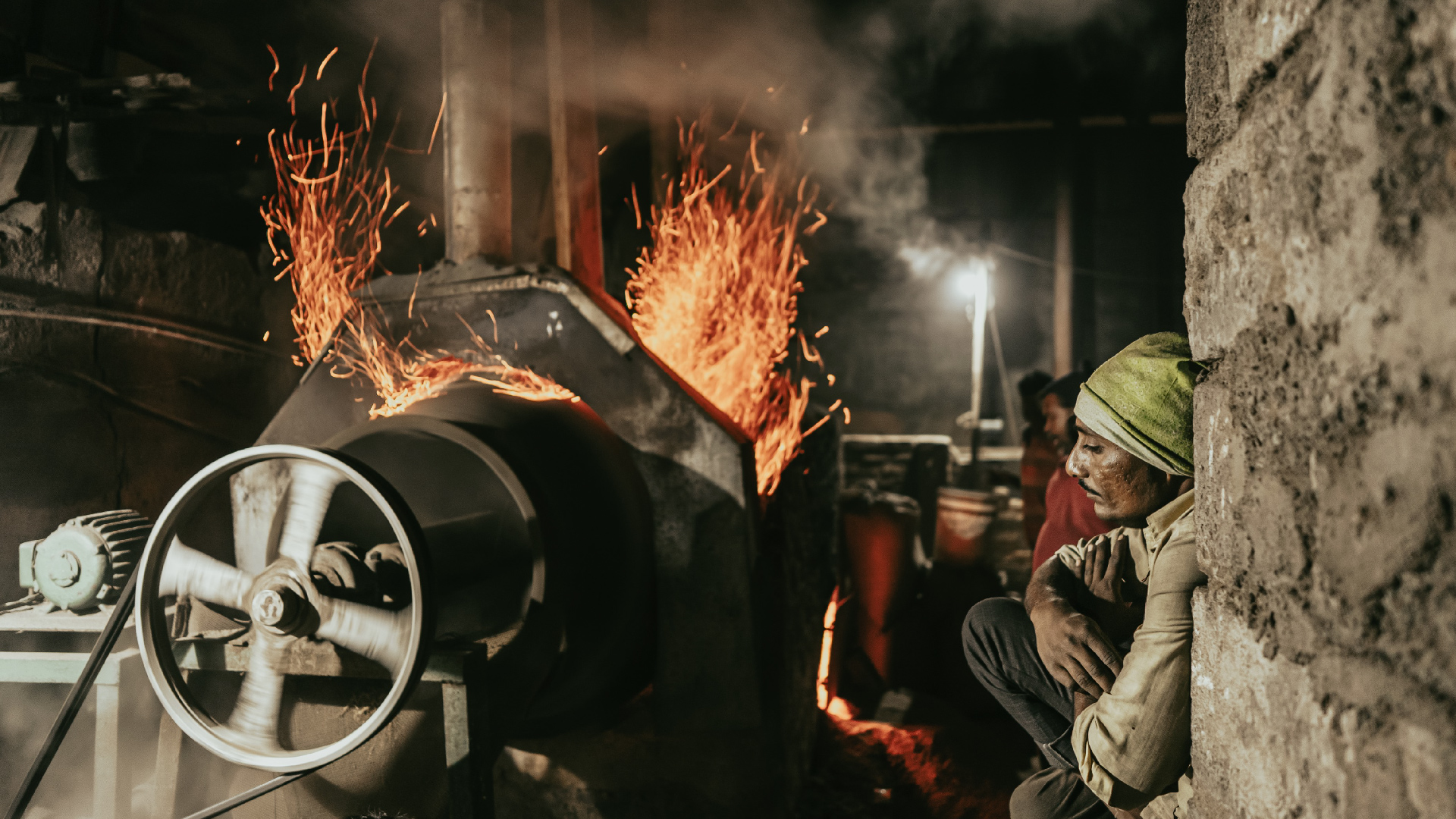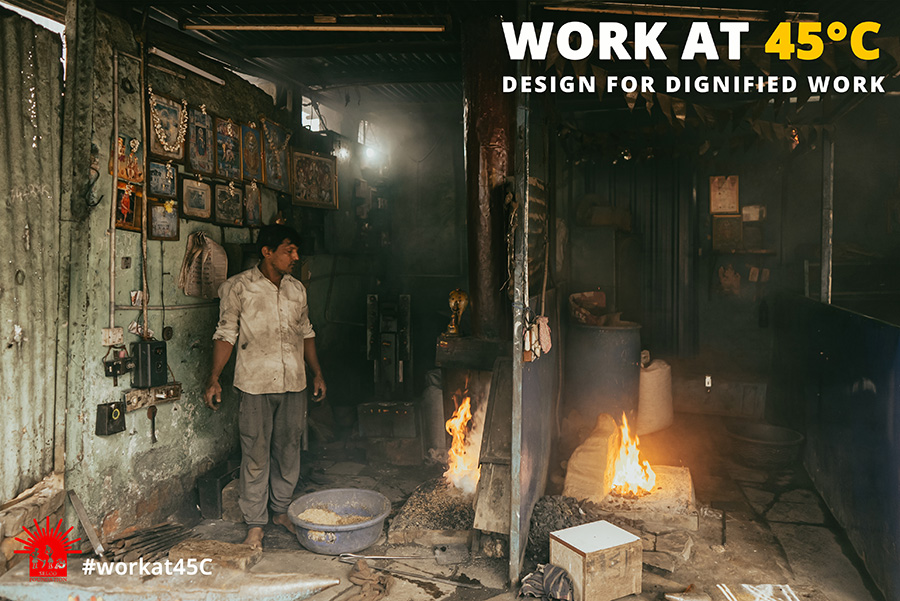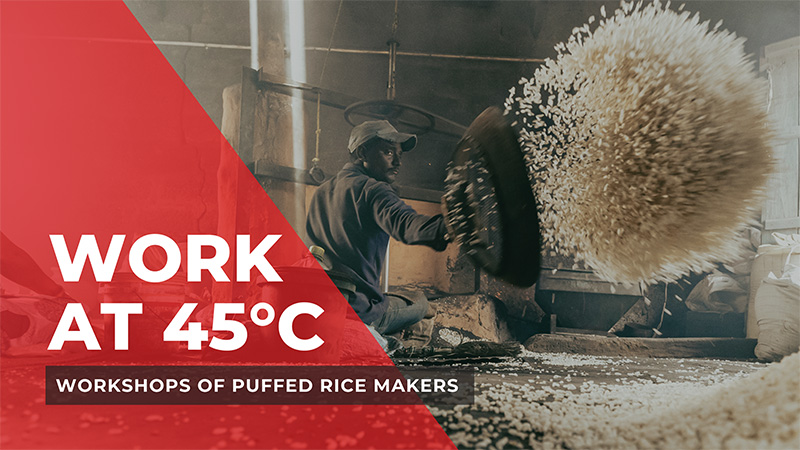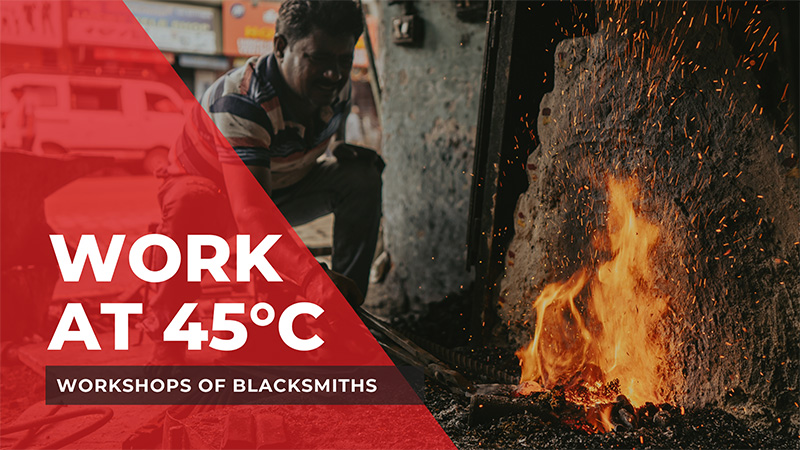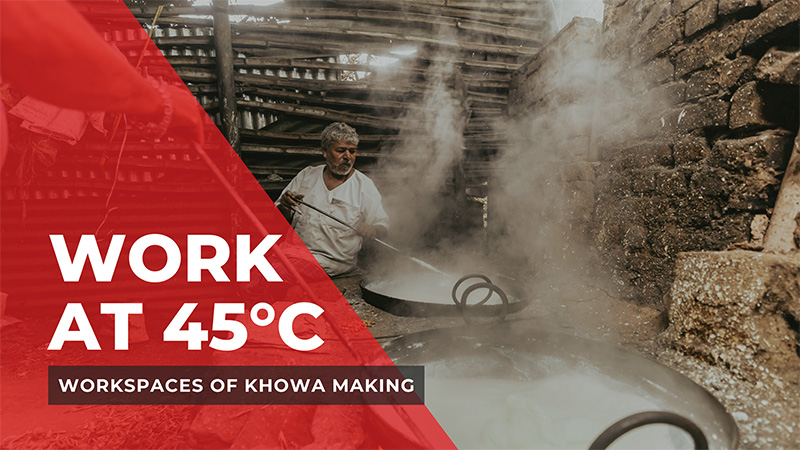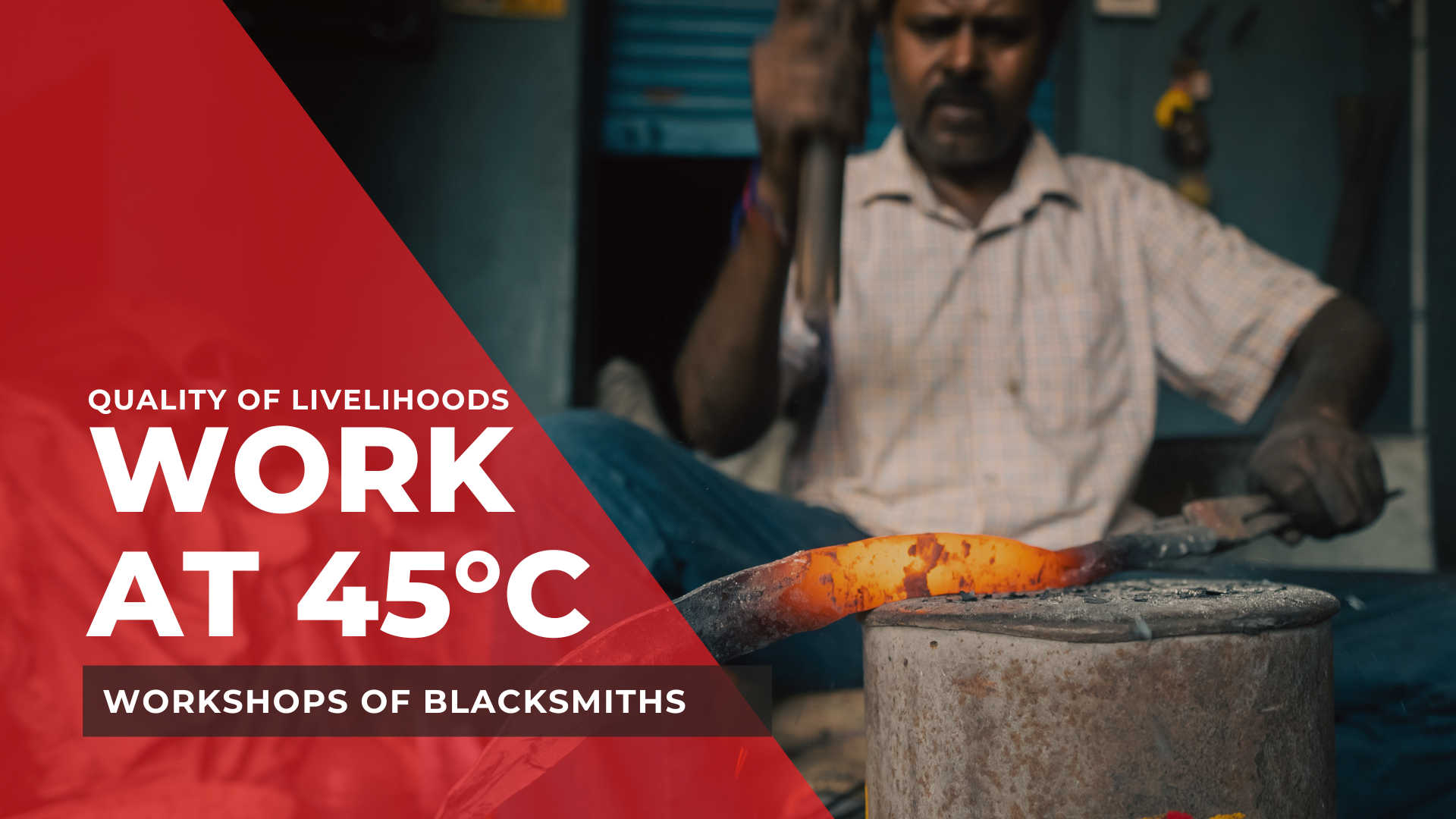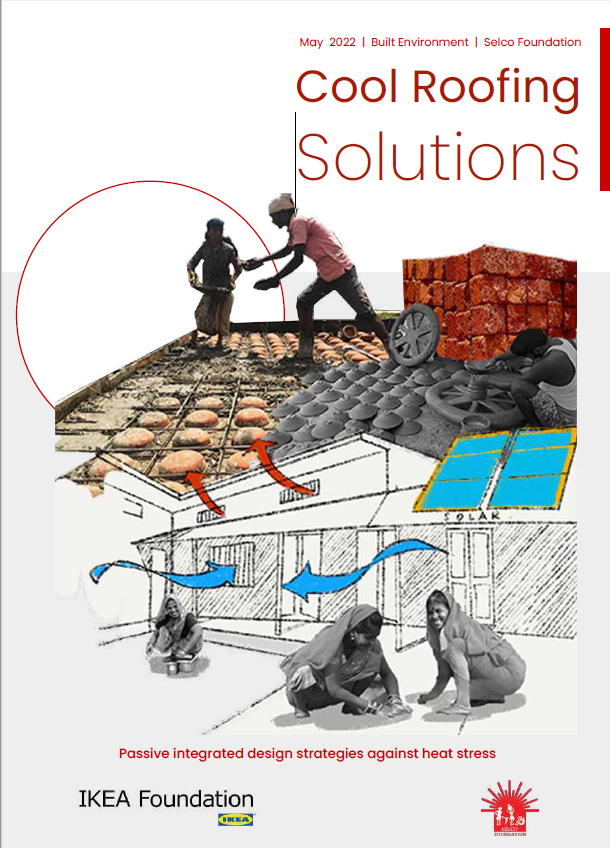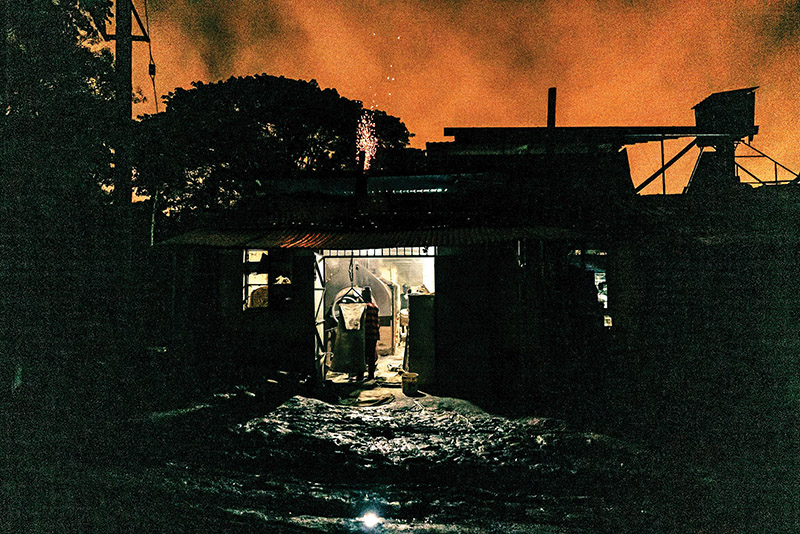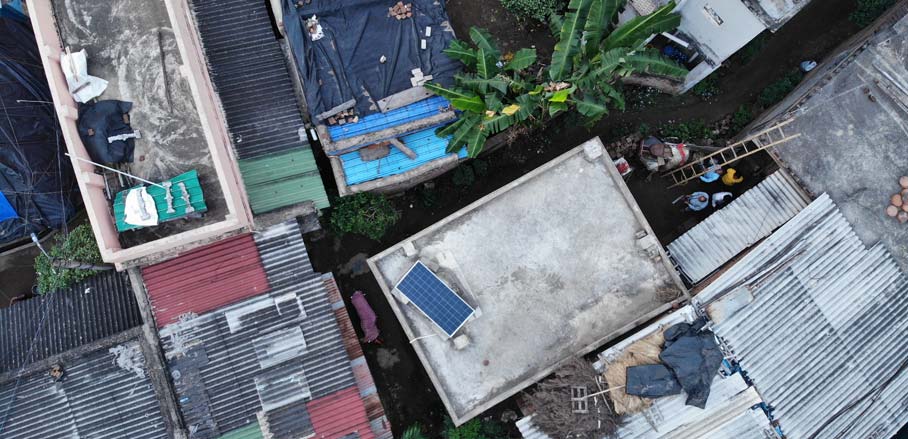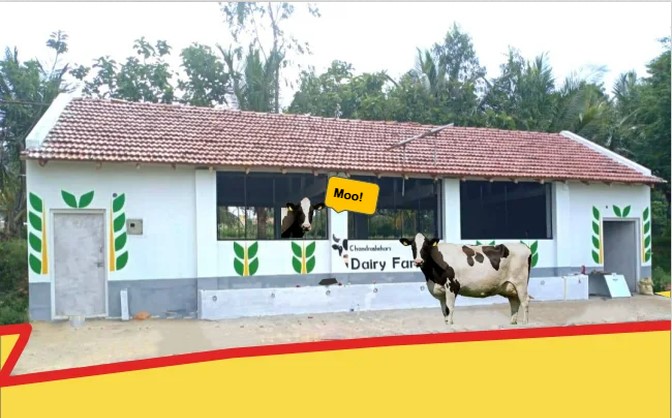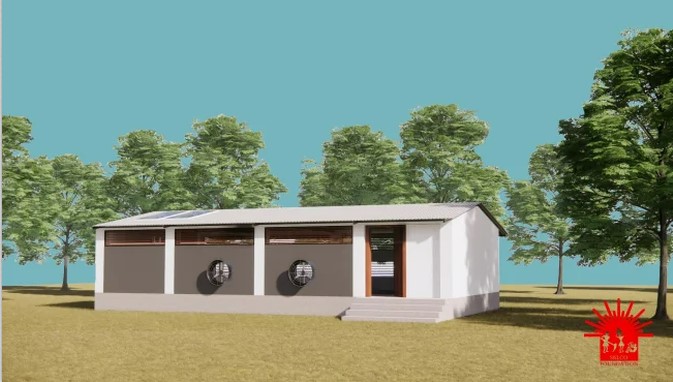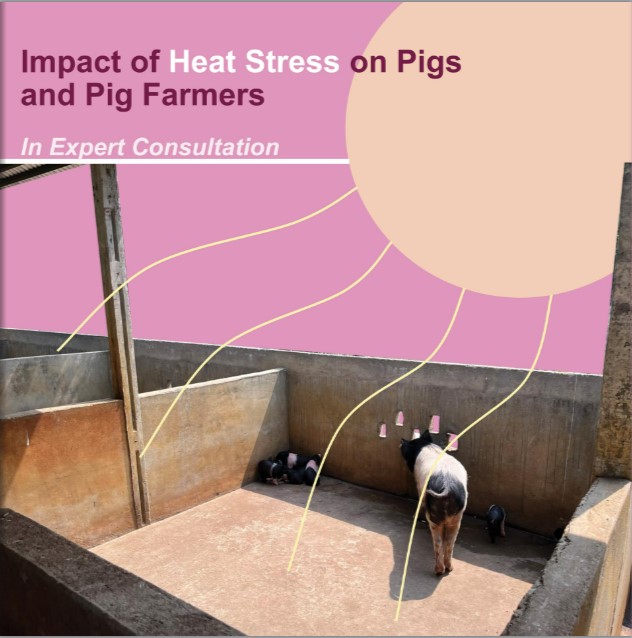Design, Inclusivity and Comfort
Individuals in low income and marginalised communities, especially for those engaged in livelihoods, are exposed to
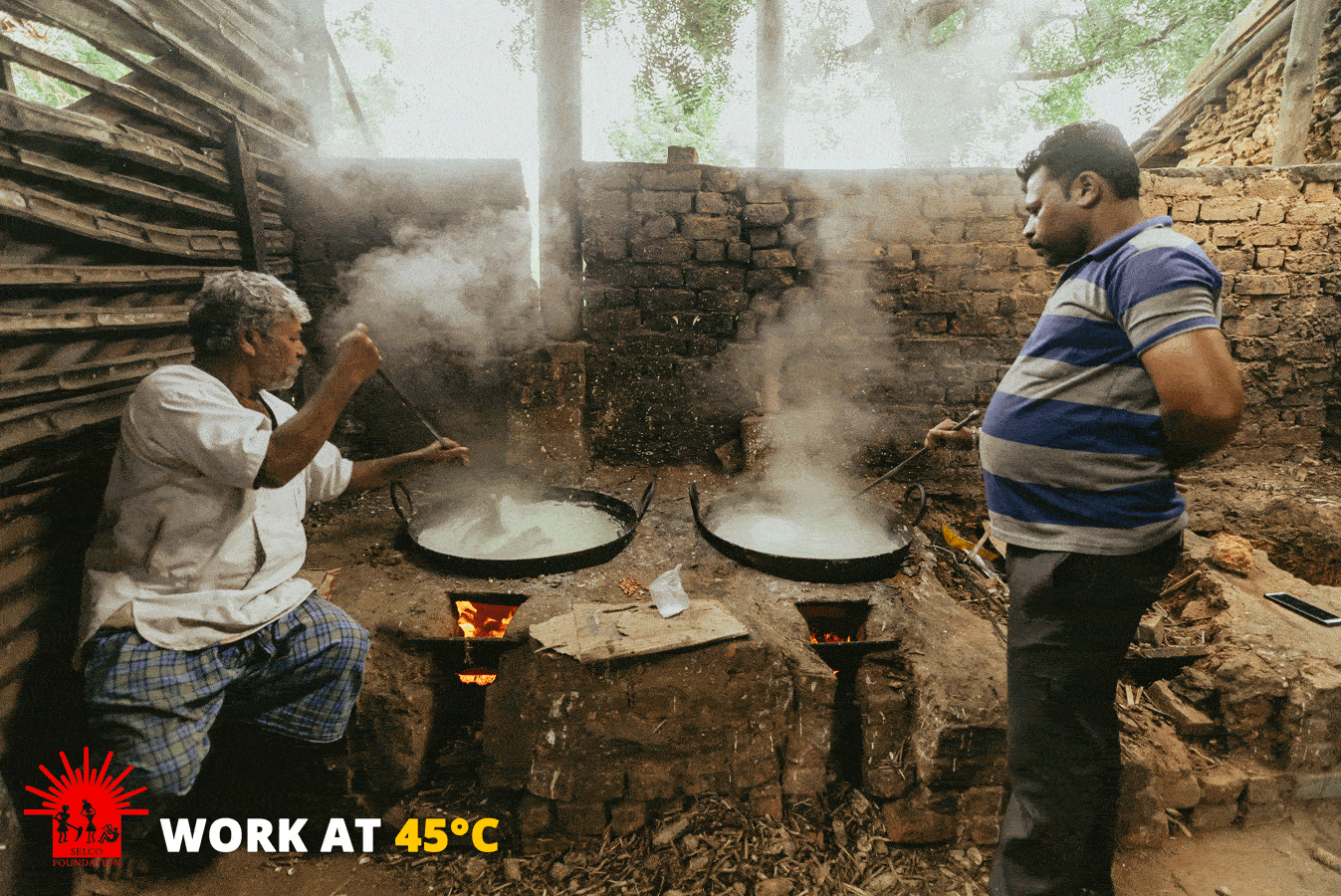
Heat
Drudgery related to manual, repetitive work
Poor ergonomics due to badly designed workspaces
Poor construction practices
All of these result in the reduction of productivity, well-being and income levels
Here environments are mostly constructed by the families for the sole purpose of fulfilling the need of a shelter, with less focus on -
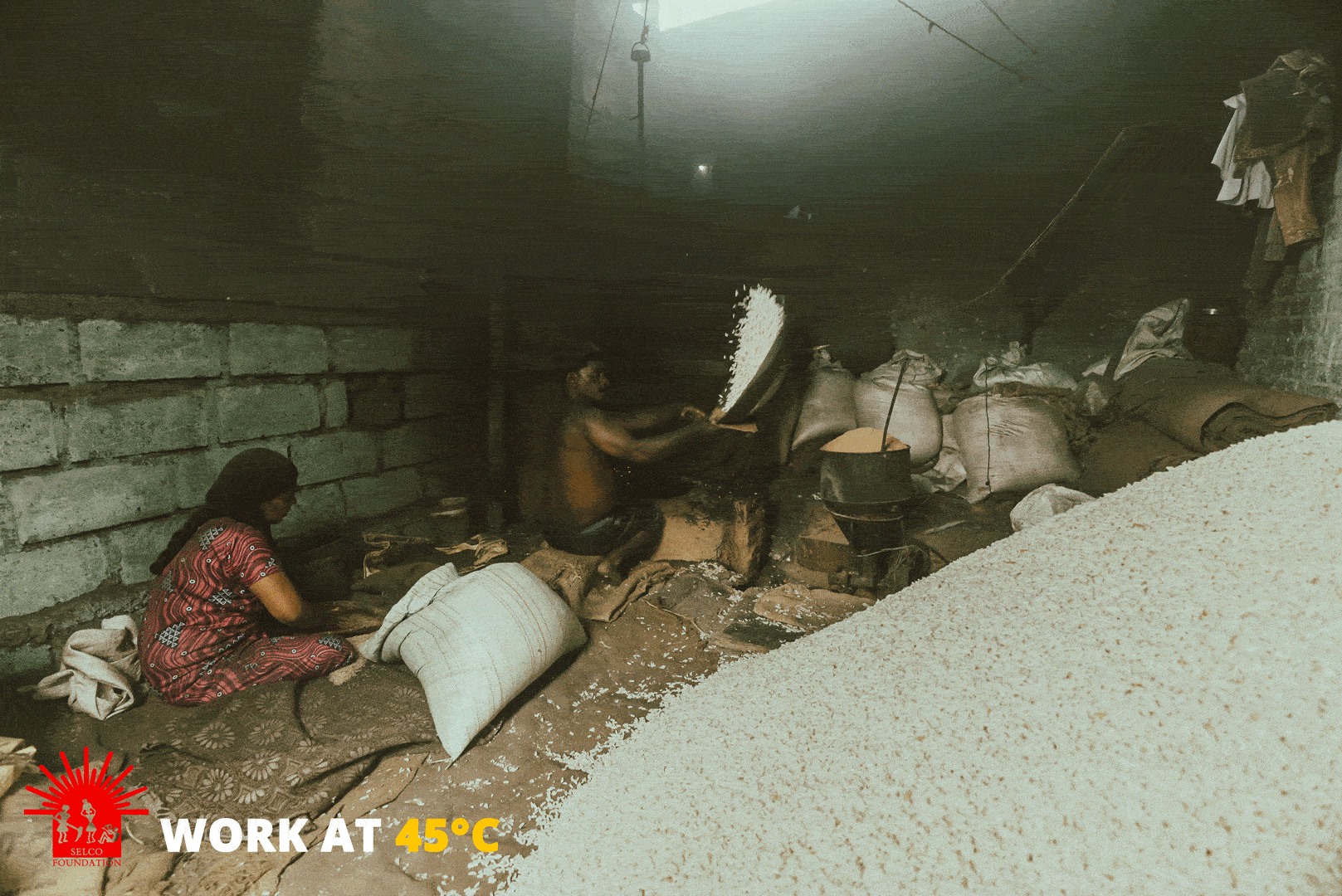
Comfort conditions
Operational costs like energy and repairs
Function
Aesthetics
When the poor build, they follow no guidelines or regulations, it’s ad-hoc and incremental, depending on -
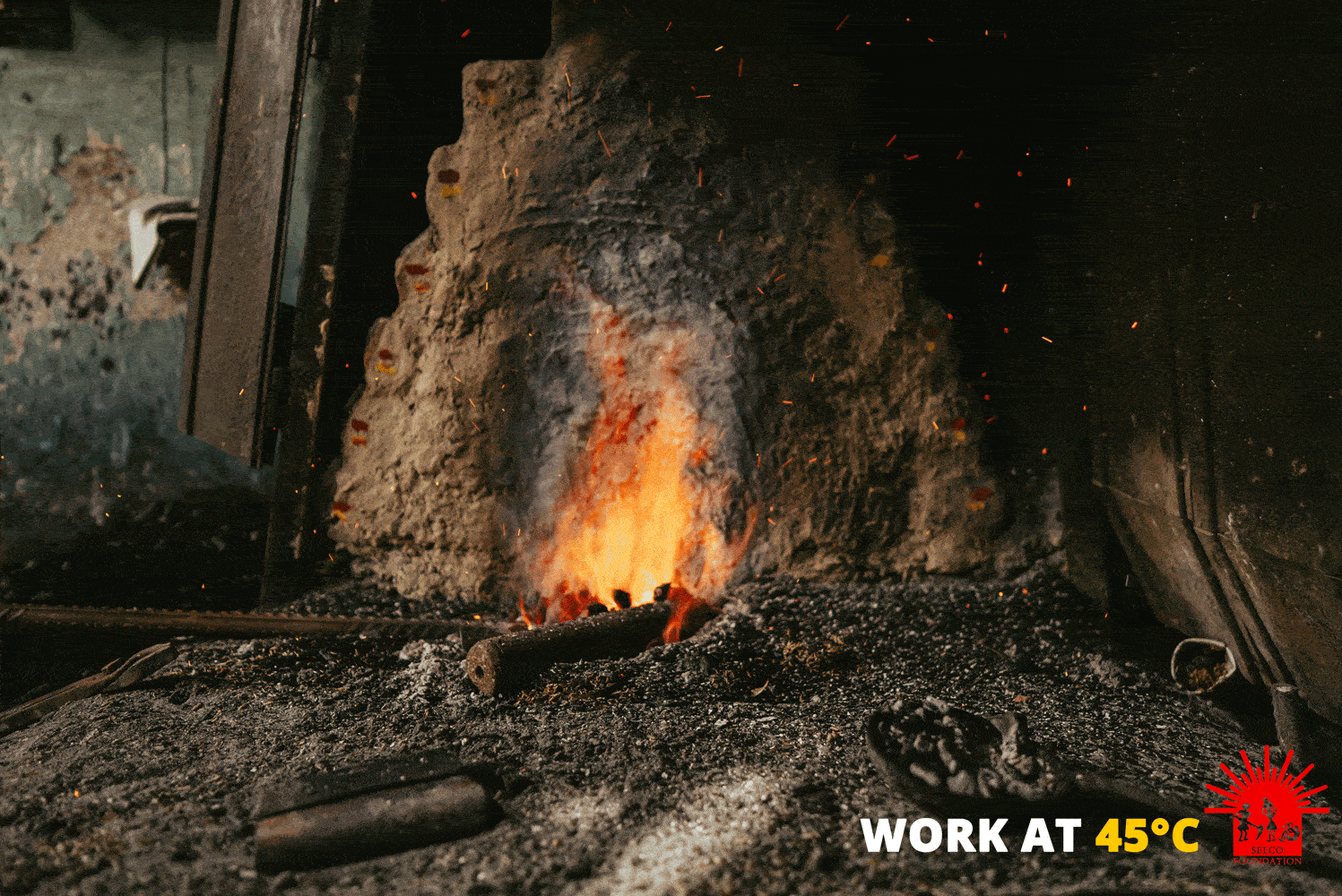
The availability and affordability of the building materials
Available skilled labour
Knowledge on how-to build better
Cash-in-hand
With immediate, recurring as well as long term health issues in the people engaged in livelihoods, we also see evidence of loss of productivity, production and productive days, thereby increasing expenditures.
Without access to inclusive long term financing, the poor use savings or local credit systems to invest in infrastructure. There is some subsidy available for livelihoods but more often than not it is inadequate to build quality infrastructure. The materials, hence constructed with, tend to be heat-trapping, like asbestos and tin sheets, metal scrap, cement, etc that are low cost, accessible and can be self built or with the support of local masons and contractors. With cost in mind, the windows and ventilators are opted against resulting in extreme indoor discomfort. Thermal discomfort leads to unlivable conditions and in workplaces especially with additional heat sources it can lead to extremely hazardous conditions.
View the Work at 45°C Video Series

Simply put, there’s a significant difference between how people feel on 32°C vs 21°C days.
Reported on the BBC, August 2022 | The troubling ways a heatwave can warp your mind

Global Study by World Weather Attribution Network(WWAN)

Centre for Science and Environment. Reported on Down to Earth | Is India ready: CSE finds worrying signs of heat stress
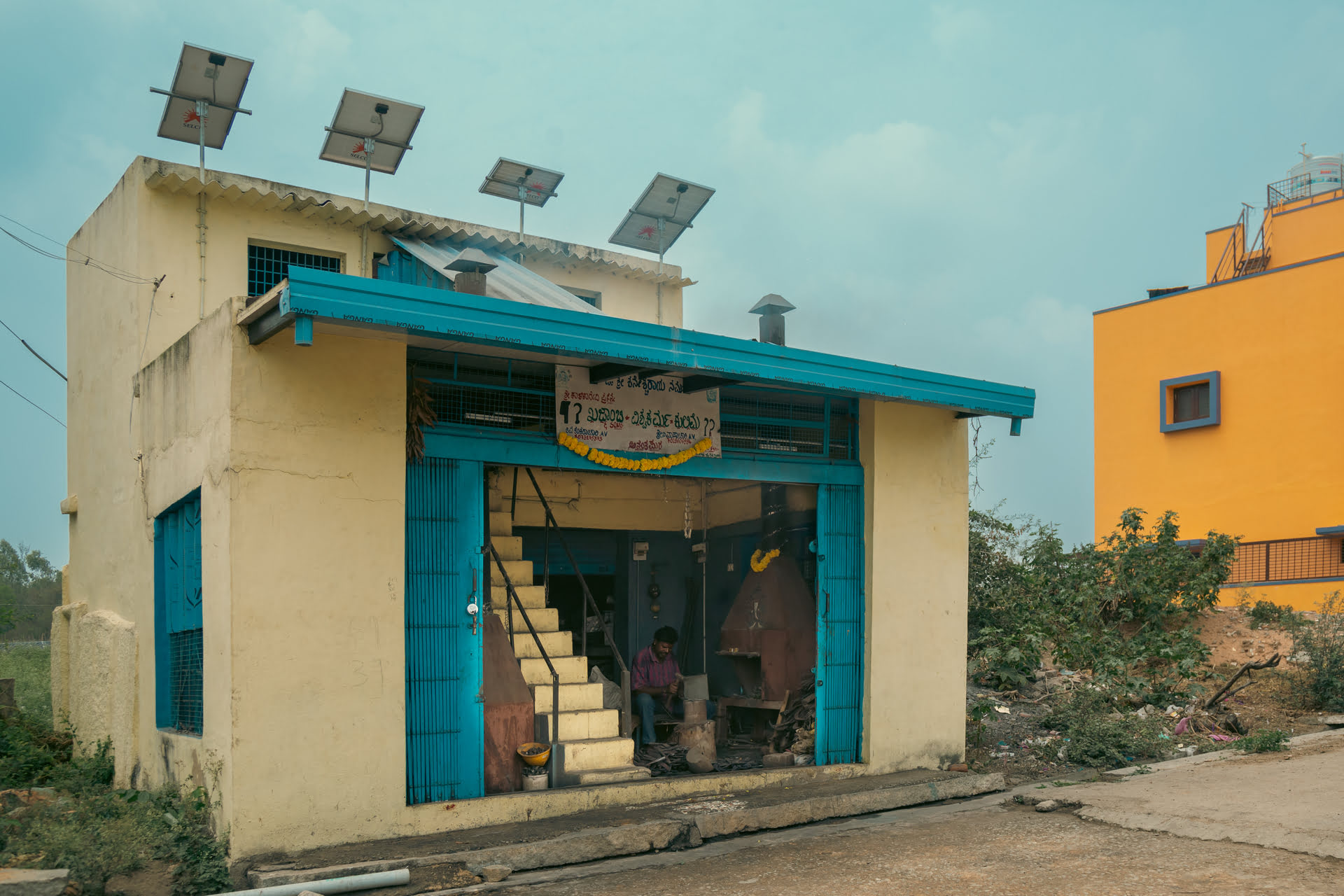
Democratised and Decentralised access to Design Solutions
When entrepreneurs and communities are healthy, the productive outputs are much higher.The ideal work conditions are also defined by the ergonomics of their workstation and efficiency of forging. The integrated system for workspace design would then incorporate the following:



In a participatory approach, the social, aspirational, economical and cultural insights to designing ensure efficacy and sustainability to scaling of solutions. The approach and solutions showcased in this campaign, using the lens of Decentralised Renewable Energy integrated with Built Environment, strategies for climate action and inclusive development, can be delivered holistically.
But taking these solutions forward and building an enabling environment that allows for replication and scale up of these approaches will require incentivization of stakeholders to get away from business as usual practices and take bold steps.
See the Solutions
Read Our Publications and Articles
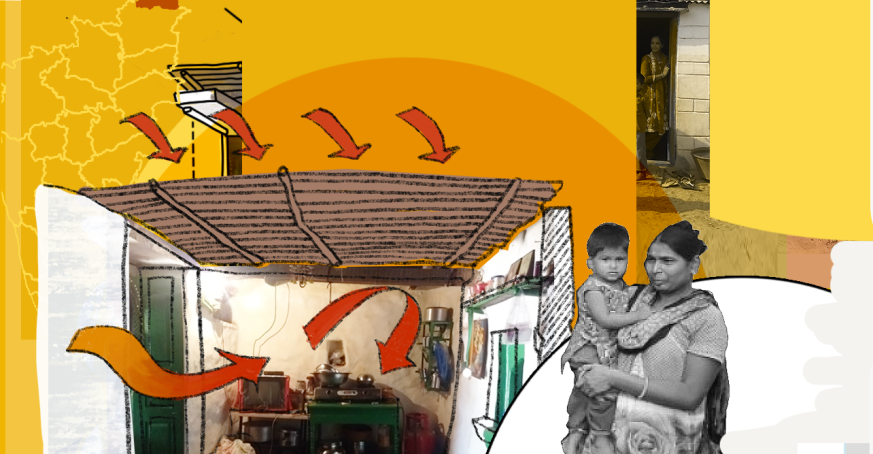

Heat Campaign from 2021
Our past campaign focused on cross-sectoral approaches in addressing the issues of extreme indoor heat stress and its mitigation.
Thematic areas: Housing, Livelihood and health.
